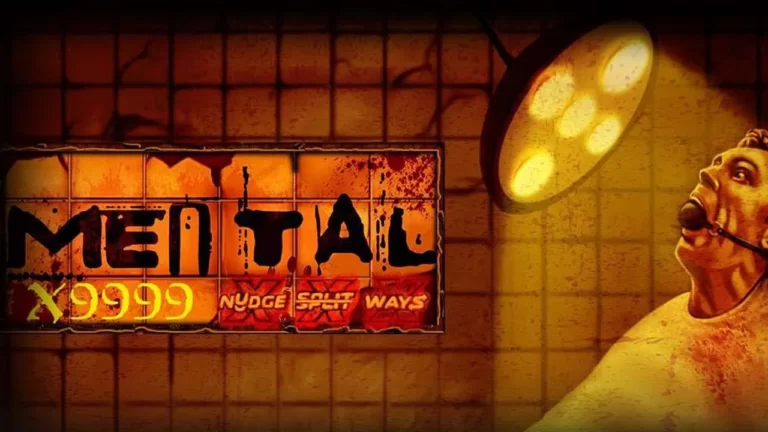The straight in poker has a clear goal: to collect five consecutive ranks and take the pot without unnecessary noise. The hand may look simple, but it determines the deal through tempo, blockers, seniority, and pressure on opponents’ ranges. It is important to understand the mechanics, exact odds, behavioral logic, and decision-making practice so that the straight in poker brings expectation, not just a beautiful but losing picture.
What is a straight in poker: definition, boundaries, basic mistakes
The definition is clear: a straight in poker consists of five consecutive cards, with the suit not playing a role. The right end controls strength, the left end stability against overcards. The rules allow for the “wheel” A-2-3-4-5 and the “Broadway” 10-J-Q-K-A. There are a total of ten possible tracks; each covers different spots post-flop. For a confident straight in poker, a clean structure is required: no duplicates in ranks, no reliance on rare scenarios. Here the term combination in the strict sense will be useful—a set of five cards that the dealer evaluates when revealed. Basic mistakes arise from two extremes: overvaluing “dirty” low straights and undervaluing straight nuts at the top.
Hierarchy and seniority
In an orderly hierarchy of poker hands, a straight is placed above a three of a kind and below one-suit sequences and solid sets. Clean edges are more important than the middle part: a ten at the end wins more than a seven at the end because it blocks more opponent calling errors. For a systematic view, a separate hierarchy of decision-making is useful: the nut straight presses the pot harder, the middle one chooses the size control, the low one prefers cheap equity realization or folds against pressure. Thus, the straight in poker turns ranking advantage into EV, not into a thin showdown without protection.
Examples, markup, and precise reading of textures
The table texture changes as the streets progress; a straight in poker reveals its potential when the texture helps. On a dry board like T-6-2, straight threats are minimal, on connectors like 9-T-J, the threat grows exponentially. In terms of English-speaking schools, the term “straight” in poker is used, as well as the separate term “straight”; in the first case, it refers to the discipline as a whole, in the second—to a specific hand.
Analyzing street by street provides tactical depth:
Flop, turn, river: dynamics and edge control
On a flop of 7-8-K, a hand of 9-T holds a straight draw to the nuts; a half-pot bet protects equity and pushes out weak hits. On a turn of Q, a T-9 hand maintains eight clean outs and gains a second line of pressure against one-suit aces. On a river of 6, the straight completes the play and transitions the hand into a value category. On a wide board, it is important to distinguish a “dirty” straight from the nuts in poker: a matching suit on two board cards reveals a threat of a stronger one-suit chain. An ace at the top end increases impact because it blocks part of Broadway continuations. The correct rank of the top end resolves many spots where second place brings a negative expectation.
Comparing strengths in poker: straight vs. flush and subtle differences
The comparison answers the age-old question of how a straight differs from a flush and where the boundary of value lies. The section emphasizes the priority of one-suit chains: a flush in poker ranks higher in strength in most collisions because one-suit builds less frequently block the deck. English terminology maintains a readable pair: flush—a standard one-suit five-card hand; the overall super-nuts direction—straight flush (incorrect spelling “stright-flush” is found in study notes). Therefore, a straight in poker requires careful play on wet boards and a shift in plans towards bankroll control or semi-bluff raises against excessive calls.
Draws, outs, and percentages: precise arithmetic of play
The structure of a straight draw is divided into two types: open-ended and gutshot. An open-ended draw provides eight outs, a gutshot draw—four. Clean outs form the mathematics of decision-making. The “2 and 4” rule quickly assesses odds: on the flop, an open-ended draw brings about 32% until the river, a gutshot draw—about 16%; on the turn, the numbers drop to 17% and 9% respectively. These benchmarks help calculate the necessary bankroll for the straight in poker to cover the costs of drawing and bring a positive expectation. Example: bankroll 20, bet 10, need about 25% for a call; an open-ended draw is suitable, a gutshot draw—asks for an improved price or additional fold equity through aggression.
Pressure tactics: when to push and when to hold back
A strong strategy builds lines based on the opponent type and table structure. Against passive defense, it is advantageous to increase the frequency of raises on early streets, against loose calls—to dominate with large bets on safe turns. A straight in poker enhances the effect of range advantage when the stack allows playing three streets with value. A too thin line without card support drives the game into the realm of bluffs with heightened risk—such an approach quickly destroys profit. Correct bets grow along with the number of dominated combinations in the opponent’s range, not from an abstract desire to “squeeze the pot.” A rational player adheres to a simple rule: a bet and raise earn the right to exist only with an equity advantage or fold equity.
Adjacent hands by seniority: what beats a straight and what loses
The upper floors are always more dangerous: a straight flush and royal flush destroy any current best sequences; solid sets and full houses compress space for thin draws. For reference: a full house extracts value from two pairs and sets, a four of a kind dominates almost all non-nut lines on paired boards. Therefore, a straight in poker requires caution on paired textures and respect for paired boards, where one board card duplicates another.
Step-by-step algorithm for assessing the appropriateness of play
Each step saves chips and time, and a straight in poker gains the correct scale of pressure:
-
Identify the board type: connectors, wetness, pairing, potential overcards on subsequent streets.
-
Specify the edge of the straight window: nuts or “second best,” the possibility of blockers against the opponent.
-
Calculate the unblocked outs: list the clean cards, exclude duplicates and suit conflicts.
-
Check the pot odds: assess the ratio of the bet to the pot and compare it to the chances of hitting.
-
Choose a line: call for equity realization, raise for pressure, check for control.
-
Plan future barrels: prepare scare cards where the range gains an advantage.
-
Protect the checking range: leave some strong hands in a passive line to avoid revealing the strategy.
-
Decide the fate of the river in advance: space for value, bluff, or cheap showdown.
Subtleties of deals: position, blockers, and the cost of a mistaken call
Position adds EV in almost any discipline; a straight in poker particularly reacts sharply to the sequence of actions. Being behind—more information and freedom in choosing sizing; out of position—more need for check-raises and bankroll limitations. Blockers cut the opponent’s combinatorics: a card that blocks part of the Broadway chains reduces the frequency of strong responses. A mistaken call against an obviously strengthened board costs more than refraining from a marginal value bet; discipline in calling thresholds saves the stack.
Practice of ranges: how the opponent’s range affects EV
A tight aggressor defends fewer calls against pressure on dynamic textures; a loose caller gives more payouts on the lower ends. A straight in poker should rely on specific frequencies: without tying to the opponent’s range, even a strong hand does not cover the spread of sizings. A condensed range is a reason to take the pot with medium sizing; a loose range is an argument for two to three solid streets on safe turns.
How to solidify the skill
The best money comes on unpaired and non-three-suited boards; the worst—on paired and super-wet boards. A straight in poker works when the plan is drawn in advance: the type of texture, outs set, scare card, sizing structure, and clear resolution. This approach helps avoid traps with the “second best” and prevents stacking in a thin call on the river without the right price.



